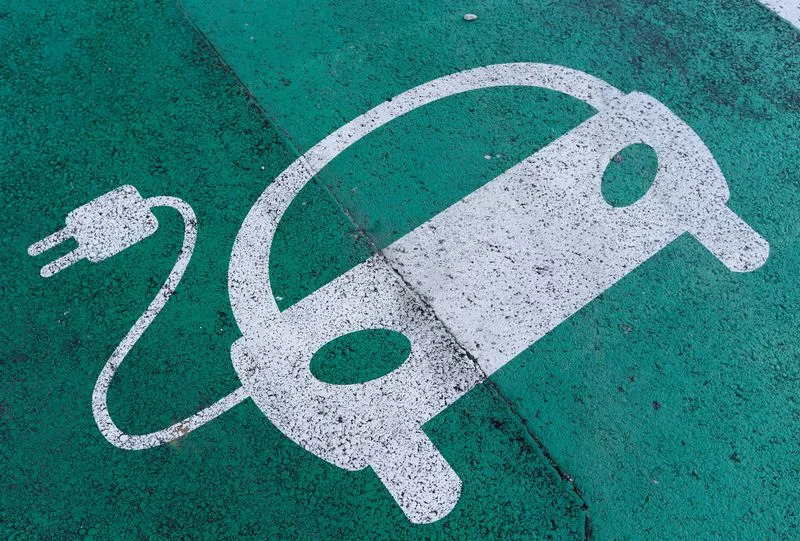Despite enacting progressive national policies and becoming a signatory to numerous international conventions aimed at eliminating gender-based violence, recent reports and official statistics indicate a steady increase in violence against women in Sri Lanka, says Shyamika Jayasundara-Smits, an Assistant Professor at the International Institute of Social Studies of Erasmus University, Rotterdam, The Netherlands.
In her paper in Extremism and Gender-based violence in South Asia(November 2022) done under the aegis of the International Movement Against All Forms of Discrimination and Racism and the European Union, Jayasundara-Smits says that “the evolving nature of politics around Sri Lanka’s state-building process has generated dialectical relationships with its minorities—Tamils and Muslims. These relationships are partially enacted through gender violence which takes many forms—from physical and sexual violence to a national misogynistic polemic.”
In other words, the continuing conflict between the majority Sinhala-Buddhists and the minority Tamils and Muslims manifests itself in gender-based violence and discrimination. Her paper spans both the war and post-war situations, but is primarily on the post-war (from 2009 onwards) scenario.
Here are excerpts from the paper:
It was in 2018 that Sri Lanka conducted its first official survey on women’s well-being. It found that one in four Sri Lankan women (24.9%) had experienced physical and sexual violence by a partner or a non-partner, and that two in every five women (40%) had suffered physical, sexual, emotional and economic violence including controlling behavior by a partner.
The upward trend of violence against women and girls had become more prominent in the estate sector among plantation workers, where one-third of women had experienced physical violence.
The outbreak of COVID-19 in 2019 played an added role in escalating violence against women. And specific structures, practices and the effect of the 30-year war against the Tamil militants have together resulted in violence against women. She identifies the sources of violence as: State and societal militarization, majoritarian hegemony, military masculinities and the ways in which female subordination is ensured or patriarchy is reinforced.
The socialist-era, under Prime Minister SWRD Bandaranaike and Mrs. Sirima Bandaranaike, which was marked by social welfare and educational equalitarianism, had let to the progress of Sri Lankan women substantially. But President J.R.Jayewardene’s economic liberalization in 1977 gave a boost to patriarchal and masculinist values, leading to an iniquitous division of labor and a worsening of gender relations.
Subsequently, in the 1980s and 90s, when the country resorted to help from international financial institutions, egalitarian policies were dismantled. This adversely affected marginalized groups like ethnic and religious minorities and women.
The civil war which broke out in the 1980s led to a stark increase in households led by women in the Tamil and Muslim-dominated North and East Sri Lanka, which bore the brunt of the fighting. These “war widows” were left to fend for themselves. In 2010, there were about 89,000 war widows and 40,000 women managing households in the former war zone.
Between 2009 and 2013, the number of sexual violence-related police complaints increased by 34%. The Judicial Medical Officer of Jaffna Hospital in the Northern province stated that 56 cases of rape and severe violence against women and minor girls were recorded within the first three months of 2012. This was an alarming increase compared to 102 incidents reported in the whole of 2010 and 182 incidents in the whole of 2011.
Although the Tamil militant group, LTTE, recruited women into its fighting forces and broke gender taboos, their status after the war was one of subordination to men, just as it was before the war.
However, the war-affected women did organize themselves to fight for their rights, especially for their physical safety both during and after the war between the LTTE and the Sri Lankan and Indian military. The Northern Mothers Front (1984), Women for Peace (1984), Women’s Action Committee (1982) and Mothers and Daughters of Lanka (1989) played an important role in lobbying for the observance of human rights by the militaries. Later, after the war, they took up issues of legal and policy reform. They also demonstrated for the release of prisoners held under the Prevention of Terrorism Act without any legal justification, and for information about family members who had disappeared.
But the post-war neglect of the war-devastated North and East in terms of development, led to economic decline, creating joblessness and a lack of economic opportunities. This led to domestic discord and violence against women perpetrated by frustrated husbands. Sexual exploitation was prevalent also during clean-up operations by the army after the war.
According to some researchers, forcing Tamil women into prostitution— particularly those belonging to the war-ravaged areas of North and East Sri Lanka—was a form of psychological warfare, waged to humiliate the Tamil community.
A significant number of sexual crimes were reported from Anuradhapura, Polonnaruwa, Kurunegala and Monaragala, districts adjacent to the North-Eastern war zone. The Sri Lankan army was also suspected of carrying out “grease devil attacks” in which semi- naked men smeared in grease sexually assaulted women in the North and East.
To date, the Sri Lankan army has not been held accountable due to draconian laws such as the Prevention of Terrorism Act, enacted to protect them from legal prosecution. In fact, the military has enjoyed near-total impunity due to support from the ruling Rajapaksa regime and Buddhist extremist monks—in the form of blessings and silent assent—proving claims of an unholy nexus between the two.
In Sri Lanka, violence against women and men (particularly from the Tamil minority) has followed a vicious cycle—empowered by the state, blessed by Buddhist religious extremists and inflicted by the Sri Lankan armed forces.
While on the one hand, the government kept imposing its majoritarian cultural values relating to women, women also came under the pressure of their respective communities to accept their misogynistic diktats.
Months after Gotabaya Rajapaksa’s election as President in 2019, the Public Administration Ministry issued a circular stating that women employees and visitors could only wear saris or osaris (the Kandyan sari), ostensibly to ensure security in office premises. The Human Rights Commission of Sri Lanka wrote to the Ministry Secretary that this violated fundamental human rights and restricted Muslim women from accessing public services.
Reformation of Muslim laws governing marriage and divorce further polarized the communities. While several South Asian nations managed to usher in progressive changes to Muslim law, hardliner groups such as the All Ceylon Jamiyyathul Ulama vehemently opposed any reform. In turn, the issue fueled Buddhist hardliners to campaign against the “burqa” or “hijab”, claiming to be “saviors” of Muslim women from their regressive society.
Kirama Vimalajothy, President of BBS also launched a campaign against the long dress worn by Muslim women, According to Vimalajothy, this dress was a symbol of danger—an opinion shared by law enforcement agencies. Buddhist extremists and the state justified the burqa ban by citing similar policies imposed by countries in the West.
Partly on account of the pressure to change from the majority Buddhists, Muslims began to impose fundamentalism on their community through Islamic schools, madrasas and other financial and social institutions. According to one study, Muslim women returning to the North said that, unlike before, they were pressured by members of their own community to wear head scarves.
Buddhist extremists went to the extent of strongly urging Sinhalese women to bear more children and dedicate themselves exclusively to childcare to save the “vanishing” Sinhala Buddhist population from becoming a minority. There was propaganda about Muslim polygamy helping the Muslims to overtake the Sinhalese in the population of Sri Lanka eventually.
In 2013, a minor female childcare provider, Rizana Nafeek was executed in Saudi Arabia for the death of a child in her care. The Rajapaksa government reacted by enacting a law which made it mandatory for women seeking employment abroad to get a signed approval from their spouses. The law also banned women with children below 5 years of age from employment abroad. Women with older children were required to demonstrate adequate plans for their care. But men were allowed to migrate at 18 years, and married men did not require their spouse’s approval before migrating.
Predictably, this law led to a sharp decline in women employed abroad. Women from the war-devastated areas of North and East were particularly affected, as many supported their families with income earned as domestic workers in the Middle-East.









